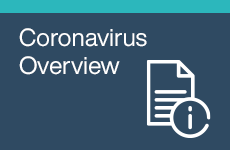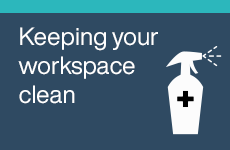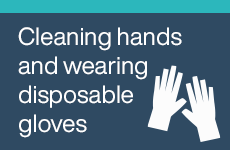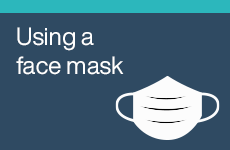The NHVR developed resources to help you talk about what you can do in your business to reduce the spread of coronavirus and manage your mental health and wellbeing. Safety briefings or toolbox talks are an important part of your Safety Management System (SMS).
Videos
All videos combined
All videos combined
Quick Guides
Doing your own toolbox talk or safety briefing
Safety briefings or toolbox talks are one of the easiest and most effective ways to communicate with your employees and to keep them informed of important safety and operational matters. These meetings are also an opportunity to hear the views of your employees and encourage them to share responsibility for their own safety and those they interact with.
Use the following resources to conduct your own COVID-19 toolbox talk in your workplace.
- Safety Toolbox talk template - COVID-19 (DOCX, 84KB)
- Quick Guide - Coronavirus Overview (PDF, 106KB)
- Quick Guide - Keeping your Workspace Clean (PDF, 78KB)
- Quick Guide - Hand Hygiene (PDF, 476KB)
- Quick Guide - Using a Face Mask (PDF, 678KB)
- Coronavirus Vehicle Hygiene Checklist (DOCX, 138KB)
- Mental health and wellbeing fact sheet (PDF, 652KB)
- Video - All COIVD-19 Safety toolbox talk videos combined or watch them individually:
The toolbox template is easily modified to include your own company logo, add additional topics that are specific to your business, and talk about any recent safety incidents and lessons learned.
Additional information may be available from industry associations that may be specific to your transport activities. It is recommended that this information is included where applicable.
The toolbox talk template can also be used as a record of the meeting, by including the list of attendees.
Topics to include in your talk
- Overview
- Cleaning hands – soap/water and sanitiser
- When and how to use face masks
- Keeping the workspace clean, including the vehicle
- Using disposable gloves and handling freight or other shared facilities
- How to report safety incidents (refer to your own business process)
- What to do if you are sick, notice symptoms or have been in contact with someone who have been diagnosed with coronavirus (refer to your own business process)
How to protect yourself and others
The NHVR and State and Federal Government chief medical officers believe hand hygiene help protect you from transmissions of viruses, including coronavirus.
Thoroughly washing of hands with soap and water for 20 seconds is one of the best barriers to protect yourself and others, and the next best is hand sanitiser.
Wearing single-use disposable gloves is an effective measure to reduce exposure to coronavirus. For example, using disposable gloves before touching the bowser or any other hard surface will reduce your risk of contamination.
Apart from hand hygiene and use of disposable gloves, maintaining 1.5m physical distancing from others where possible is vital for reducing workplace and community transmission
Vehicle Hygiene - Surfaces drivers frequently touch
- Key fob and keys
- Steering wheel
- Gear shifter
- Park brake handle/Maxi brake button and trailer brake handpiece
- Internal and external door handles, Entry/Exit grab handles
- Heating controls
- Mirror adjustment, window controls
- Indicator and wiper stalks
- Cup holders
- Mobile phone, GPS, radio, in-vehicle communication devices
- Electronic devices
- Arm rests
- Seat belts and seat belt release buttons
- Inner door lining
- Frequently touched components on trailers
- External latches and handles
- Other items
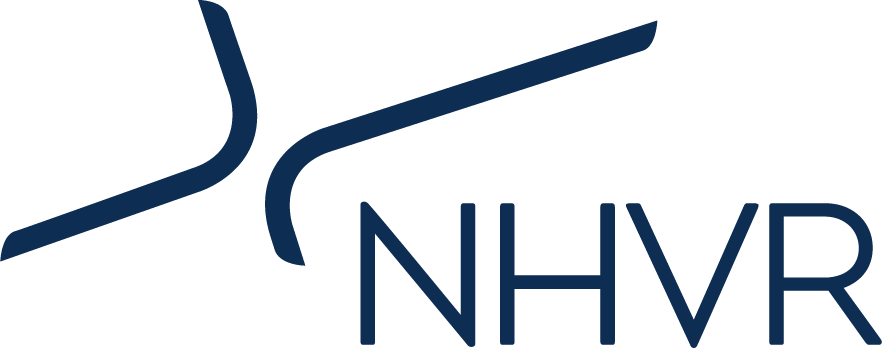
 Accessibility tools
Accessibility tools


